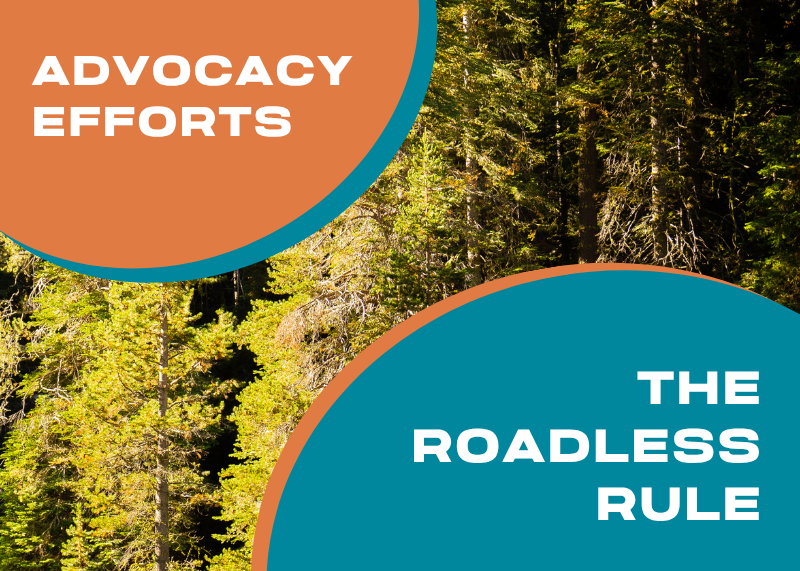
Thu | Oct 9, 2025
The Roadless Rule: Advocating for the Value and Importance of Tahoe’s Roadless Areas
In collaboration with area partners, including Supervisor Gustafson’s office and area nonprofits, including the Sierra Nevada Alliance, Tahoe Rim Trail Association, Tahoe Backcountry Alliance, the Tahoe Resource Conservation District and others, the NTCA recently participated in an aerial tour of Tahoe’s roadless areas with a staffer from State Representative Kevin Kiley’s team.
The intention of the tour and subsequent roundtable discussion was to share local perspectives about how rescinding the Roadless Rule could impact our local communities, economy and environment.
Adopted in 2001 after one of the largest public engagement efforts in U.S. history, where over one million people commented when the original rule was being considered, the Roadless Rule currently protects 58 million acres nationwide, including 4.4 million acres in California.
The rule sought to protect areas that were identified as key for water quality, backcountry recreation experiences, and biodiversity by preventing new permanent road construction and reconstruction, with a few exceptions (e.g., for public safety, wildfire response, or certain access needs like mining claims with valid existing rights), and preventing commercial timber harvesting (large-scale or industrial logging), while still allowing limited tree cutting for wildfire fuel reduction, restoration, personal firewood/gathering, or when necessary to protect public health and safety.
This year, the U.S. Department of Agriculture announced a process to rescind the Roadless Rule. If adopted, this change would lift restrictions on new road construction and industrial logging in inventoried roadless areas.
Congressman Kiley’s district includes some of the most visited and beloved Inventoried Roadless Areas (IRA) in the Sierra Nevada, spanning the Tahoe and Eldorado National Forests and the Lake Tahoe Basin Management Unit. Together, these landscapes protect lands vital to clean water, recreation, habitat, and wildfire resilience.
With that in mind, the tour highlighted key places that are central to both the region’s ecology and outdoor economy, including Castle Peak and Granite Chief, areas surrounding Desolation Wilderness and Freel Pass, terrain around the West Shore of Lake Tahoe, and east of the California border to the Mt. Rose Wilderness.